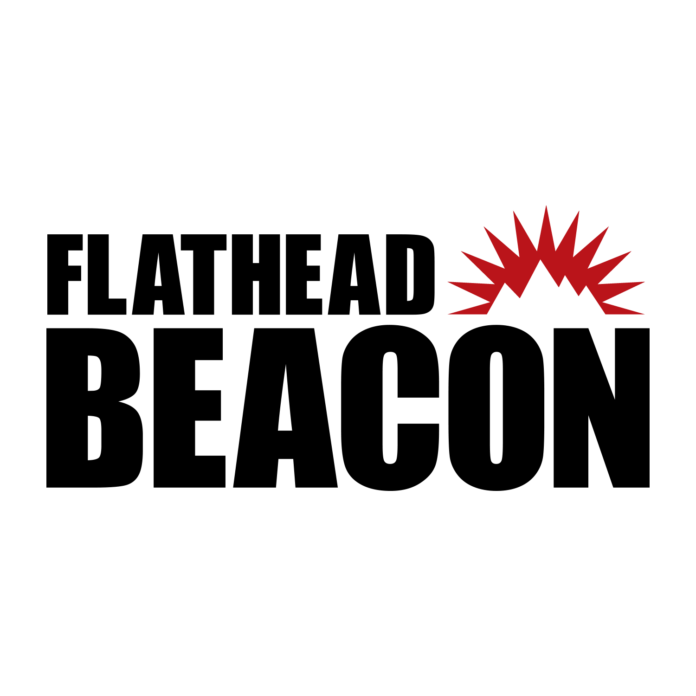I don’t cook many fish. This is what happens if you release almost everything you catch.
Catch-and-release transformed river fly fishing and it now provides nearly endless enjoyment and fun for anglers, while preserving Montana’s supply of wild trout.
Rivers aren’t the only place to fish in Montana, especially in the Flathead, and the state’s lakes are generally managed for some level of take. Montana Fish, Wildlife and Parks practically begs anglers to kill Mackinaws on Flathead Lake, and it is against the law to catch-and-release walleye anywhere in the Western Fishing District.
Of course, catching and eating walleye is kind of the point of walleye fishing. The species is king when it comes to the culinary attributes of freshwater fish.
That’s where “Hook, Line, and Supper” comes in. “Supper” is the latest from Hank Shaw, the angler, hunter, chef, and, most importantly — at least as far as those of you looking for a Christmas gift for an angler friend are concerned — cookbook author and wild game specialist.
I’m a little surprised there aren’t any walleye recipes in the book, but that’s kind of a misnomer. Walleye will do for just about any recipe calling for filets of firm and flaky, white fish. In the summer my buddies and I like to fill a wire fishing basket with walleye (not in the Western District, of course) and next year I will use Shaw’s beer-batter recipe when I convert some of those walleyes into a proper Montana basket of fish and chips.
Shaw does discuss one walleye recipe, Walleye Minot, in honor of the barley fields of North Dakota that inspired him. You’ll find the recipe on his James Beard Award winning website, Hunter Angler Gardener Cook.
Still, the book is thick with recipes, though, per Shaw practice, it begins with a thorough guide on proper handling of your fish once it’s yanked out of the water.
Shaw has worked on and off as a commercial fisherman for decades, when he isn’t writing or working in restaurants. That experience pays off in “Supper.” Big fish, for instance, should never be held by the tails as the weight of the fish can “shear apart the flakes of the meat,” creating gapping holes that look as though the fish has been gaffed.
He also warns against leaving fish on stringers to die slowly. He first stuns his fish, clubbing them over the head (he calls it a wood shampoo) then bleeds them by cutting the gills and tail.
Then the fish go back in water for a merciful death, bleeding out like Frank Pentangeli in “The Godfather II.”
I can only scratch the surface here, but if you’re looking for a course in safe, effective, fish handling, you need this book.
Having prepped the fish properly, Shaw then moves to cooking. The usual suspects are covered here — frying, poaching, baking, smoking — supported by clearly written, easy to follow recipes and great photography by Shaw collaborator Holly Heyser. I made Shaw’s Spanish clams and chorizo the other night — the chorizo here is the hard, salami-like Spanish type — in part because I’ve always wondered about bivalve dishes with pork and also due to the fascinating story Shaw tells in the recipe’s introduction.
The dishes’ origins may be from the Spanish Inquisition, where it was used to suss out Jews who’d faked their conversion to Catholicism. If they were willing to eat shellfish and pork, they must be true Christians.
I haven’t considered myself Catholic in decades, I’m not Jewish, I don’t like stories of oppression, and sausage added to steamed clams or mussels seemed a little overwrought to me, kind of like the contemporary chain restaurant tendency to add bacon to everything. But the origin story of this brothy, delicious fusion of barnyard and sea made perfect sense.
It tastes even better.
Rob Breeding’s website is www.mthookandbullet.com.
Credit: Source link































